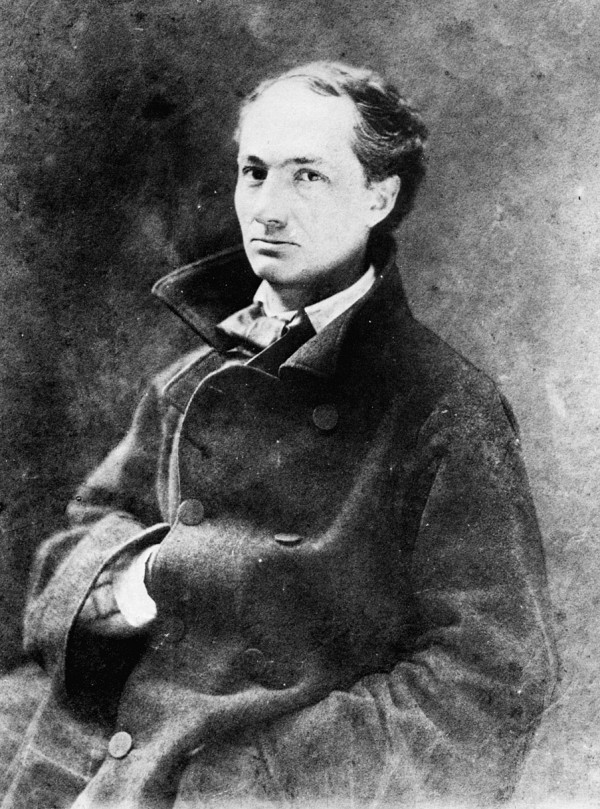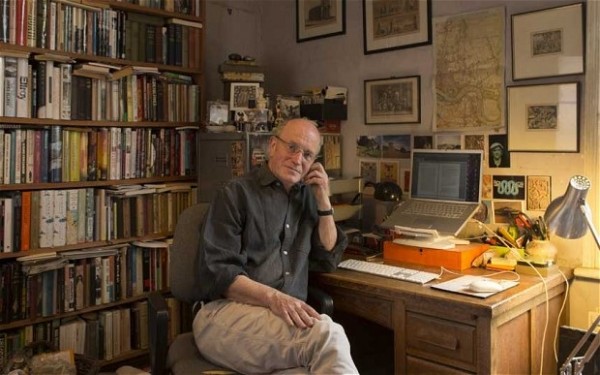Necessary correctives

To celebrate the launch of Karl Whitney’s book, Hidden City, in Dublin on Monday, 1 September, we are pleased to post a longer extract from ‘The Run of the Streets,’ Karl’s essay for gorse no. 1. Hidden City has already had a five-star review in the Telegraph.
Margins of the city

‘Baudelaire, Benjamin and the Birth of the Flâneur’ by Bobby Seal.
It is, therefore, clear that Baudelaire established a tradition that moved through the early modernists, to the Surrealists and on to the Situationists. As part of the latter movement, Guy Debord developed the notions of the dérive and the ‘spectacle’. A dérive (in English ‘drift’) is the means by which ‘psycho-geographies’ are achieved. A drift is an unplanned walk, usually through a city or marginal area, and a psycho-geography involves the walker creating a mental map of the city which, “depends on the walker ‘seeing’ and being drawn into events, situations and images by an abandonment to wholly unanticipated attraction.” (Chris Jenks (ed), ‘Visual Culture’)
Manipulations of documentary accounts

Fascinating interview with Iain Sinclair in the Guardian.
James Campbell: Some of the characters in your new book are fictional creations, based on real people. Yet long sections deal with meetings with Gary Snyder and people relevant to the story lines involving Bolaño and Lowry, which are important themes in the book. One of your subtitles is “Fictions of memory”. How is the reader to tell the difference between the fictions and the facts?
Iain Sinclair: Well, a fiction of memory is when I’m describing the more remote past. This becomes more like writing fiction. The process of dealing with something at that distance inevitably creates a smoothed-out narrative, often through the retellings that have occurred over the years. Things get arranged in certain ways to make a nice shape. The awkward details are forgotten or suppressed. And when you are confronted with them – as I was in the process of writing Hackney: That Rose-Red Empire – you often find that what you have remembered is completely wrong. When you go back to it, it’s this peculiar country. But when I’m describing Snyder or Gregory Corso, that’s fairly recent, and I’ve kept to what happened.


